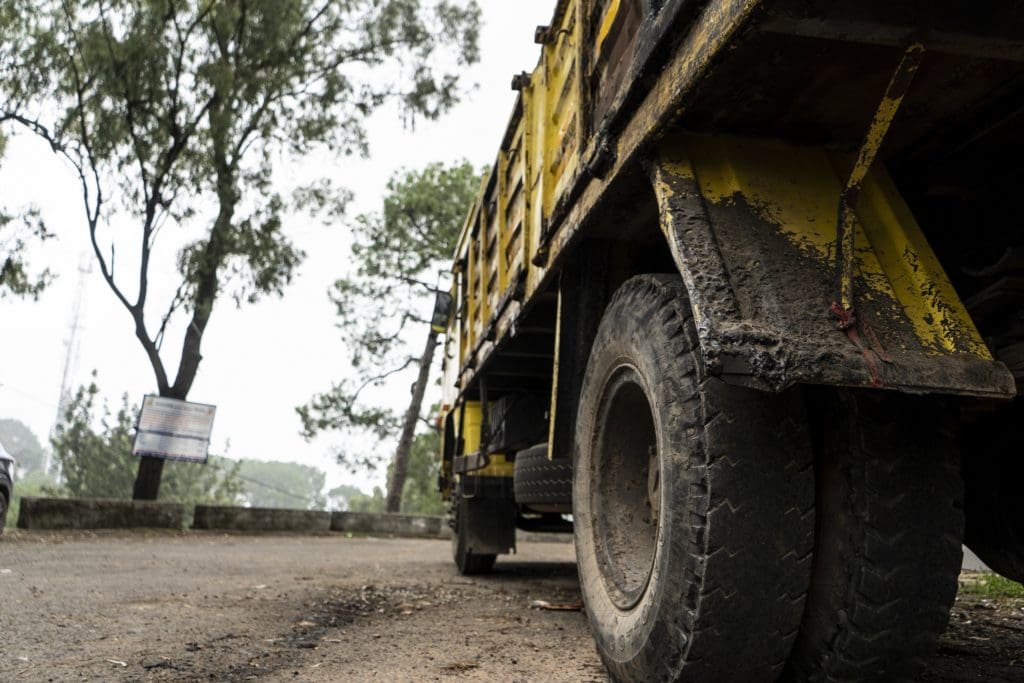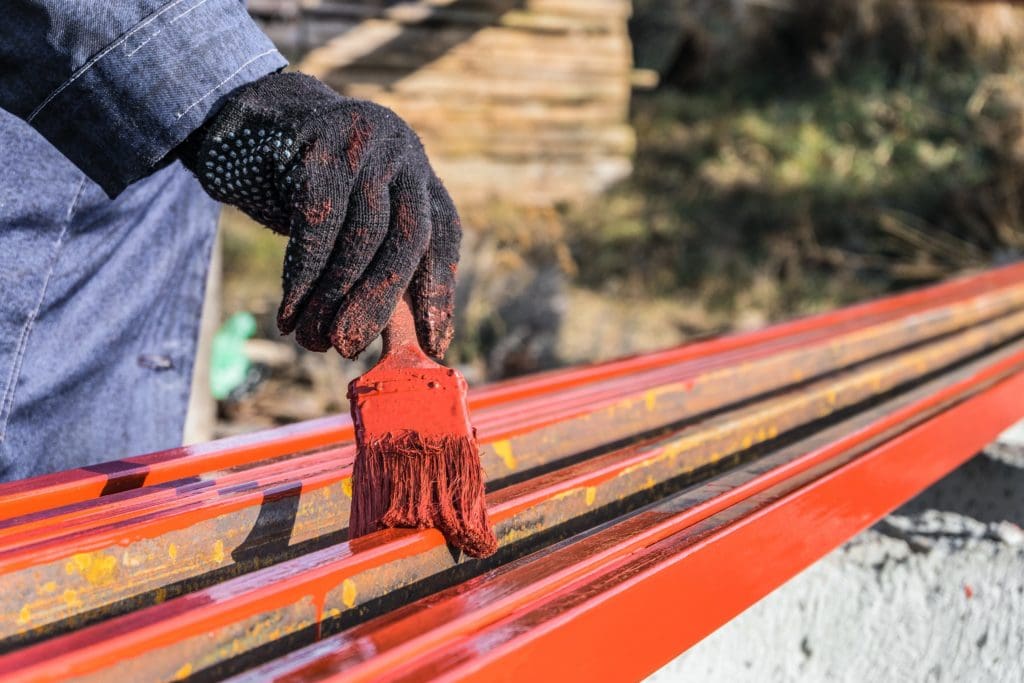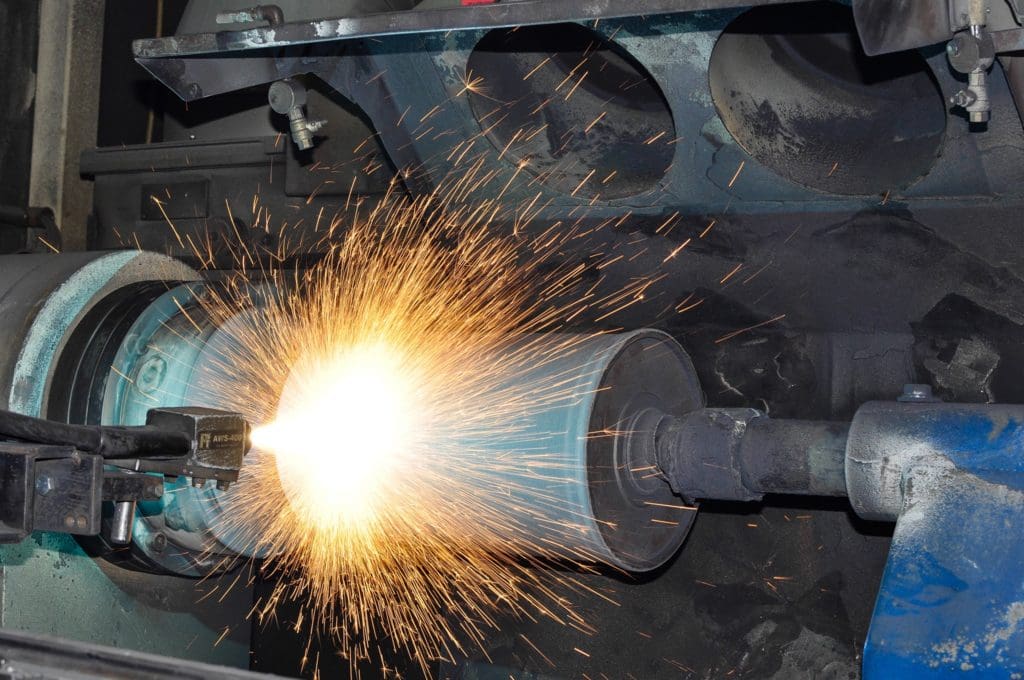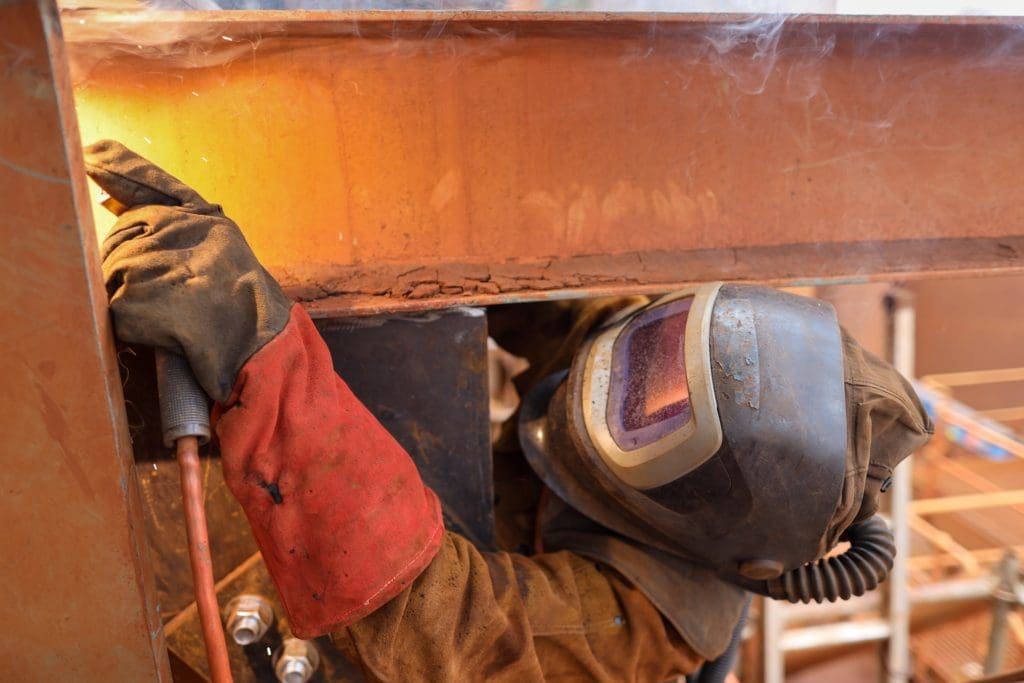The best corrosion resistant coating will protect against surface damage while standing the test of time. Corrosion resistant coatings need to prove strong against fatigue and environmental stressors. VRC Metal Systems is committed to helping you find the best solution to fight against surface corrosion.
A variety of common environmental stressors cause corrosion:
- A humid environment
- Water on a metal’s surface
- Stress cracks & fatigued material
- Corrosive gases such as chlorine, hydrogen sulfides, ammonia, and sulfur oxides
- Exposure to organic compounds such as dirt and bacteria
Chlorine can also be introduced by way of road salt (the chloride ion in salt, sodium chloride) and perspiration. Ammonia is found in fertilizers and in animal wastes. Hydrogen sulfides form in sewage and where organic matter decomposes. Sulfur oxides occur where sulfur-containing fuels are combusted: Diesel engines and coal-fired power plants, for example.

Luckily, there are protective coatings that will prevent the degradation of your metal surfaces.
These protective coatings range from low-tech methods to highly innovative solutions. You will have to choose the best corrosion resistant coating based on your budget, skill set, and technical needs.
Paint can be a quick fix to prevent surface corrosion.
It can be difficult to apply onto intricate surfaces, and it’s a normal process that requires little technical training. Painting your metal surfaces makes sense in some cases.
Painting your metal surfaces is a budget-friendly option.
If you are working with a tight budget and the substrate is not a technical component, paint can make a lot of sense. You can often find metal handrails, cars, trucks, airplanes, ships, and architectural elements painted to prevent corrosion!

There are some drawbacks of relying on paint to prevent corrosion.
Painted surfaces require constant maintenance. Overexposure to the elements often leads to paint chipping and cracking. Whenever there is a break in the paint’s surface, it opens the door for opportunistic corrosive stressors to leach in and damage your metal.
Oil coating your metals is another simple option.
There are situations where applying a solid protective coating can be extremely inconvenient. In cases where you have to disassemble components, your production slows, and you’ve lost precious time.
An oil coating might be the right choice for protecting your machinery.
Not always the best option, but in cases where your metals are primarily indoors, you can consider regularly applying a thin coating of oil to keep your metal surfaces in tip-top shape. This coating will prevent surface wear and protect the metal from humidity in the air.
Oil coatings are often not a robust enough method of corrosion prevention.
If your metal surfaces often experience high environmental stresses, you might want to consider a high-tech coating. Substrates exposed to aggressive environmental conditions need a more robust protective coating.
Electroplating creates a thin protective coating on metal substrates.
Electroplating is a process of metallic surface deposition aided by a direct electric current. The two main reasons for electroplating are decoration and protection. The electroplating process requires four components. These components are a cathode, an anode, a battery, and an electrolyte bath.
Electroplating is best for smaller components.
Adding a thin electroplated coating can help your materials resist surface abrasion and corrosion. Unfortunately, electroplating can be a slow process, and electroplating large objects requires sizeable components. This makes it infeasible for many applications that could otherwise benefit. Electroplated coatings also tend to have tensile residual stresses, promoting crack initiation and growth in the coating and into the base part. This is especially pronounced in hard coatings, but such coatings also confer wear resistance. Like many technologies, an informed decision needs to be made based on these and other trade-offs.
Anodized coatings offer aesthetic benefits.
The process creates aluminum oxide on the surface in a thicker layer than that which occurs naturally. Like electroplating, anodized parts are typically small. Although the coating does not improve the strength of your component, it will increase corrosion resistance and increase paint adhesion. It’s best to think of anodization as a decoration process for small parts with some durability benefits.
High Velocity Oxygen Fuel (HVOF) coating creates a durable surface finish.

HVOF is a type of thermal coating.
You deposit molten or semi-molten particles onto a substrate through continuous combustion. These particles build up on the substrate surface via a high-velocity gas stream and create a dense, durable coating. HVOF coating process stays true to its name, depositing these particles at a rate greater than the speed of sound.
Unfortunately, the HVOF coating process releases toxic fumes.
Because of the high temperatures, the molten particles off-gas poisonous and cancerous fumes. Without the proper protection and ventilation, this health hazard poses quite an obstacle for you and the environment.
Plasma coatings will increase corrosion resistance.
Plasma spray coating is another high-temperature process.
You inject a powdered coating material into a plasma flame where it melts. The material is then accelerated onto the substrate to form a coating. Because plasma coating is a high-temperature process, the coating then needs time to cool and cure.
The plasma spray coating process emits the largest amount of harmful substances.

Compared to all other thermal coating processes, plasma coating poses the greatest health risks. Carcinogenic substances put out by this process exceed the applicable occupational exposure limit values.
Cold Spray creates a durable corrosion resistant coating.
Particles adhere without melting.
Cold spray is a thermal coating method, but the temperatures required are considerably less than other thermal coating options. Unlike other thermal spray coating methods, the powders don’t melt during the cold spray process. This lower temperature process results in far less toxic gas. Another important benefit is compressive residual stress: There is no liquid-to-solid transition, and the process is self-peening. This helps inhibit the formation and growth of fatigue cracks on the surface.
Cold Spray can cover large surface areas quickly.
Covering a wide area ensures that even large machinery is protected. A supersonic gas accelerates solid particles onto a substrate at high velocities. Due to the force of the impact with the substrate, these solid particles undergo plastic deformation and bond together to create a durable coating. This coating is buildable and can strengthen small imperfections or broad surface areas.
You can use VRC Cold Spray to apply surface coatings of many different materials.
These solid particles can be metals, polymers, ceramics, composite materials, and nanocrystalline powders. There are many material possibilities because there is no melting involved. You can deposit blends of metals and ceramics to get a hard, wear-resistant coating with high corrosion resistance. You can build alternating layers of different metals. If you want, you can deposit metals onto plastics to get a lightweight part with a strong, conductive shell that confers protection against ultraviolet and chemical degradation.
Choosing the right corrosion resistant coating is important for your project.
Now it’s time to decide what might work for you.
Simple coatings like paint and oil are quick fixes but require lots of upkeep. High-temperature thermal coatings are durable but pose significant health risks without proper precautions.
VRC Cold Spray offers the best of both worlds – simplicity and durability.
Cold spray protects your assets from corrosion without compromising your health and safety.
It’s a durable thermal coating option that can be applied in a matter of minutes and cools quickly. VRC is committed to providing you with the tools and expertise to protect your assets with their Cold Spray technology.

